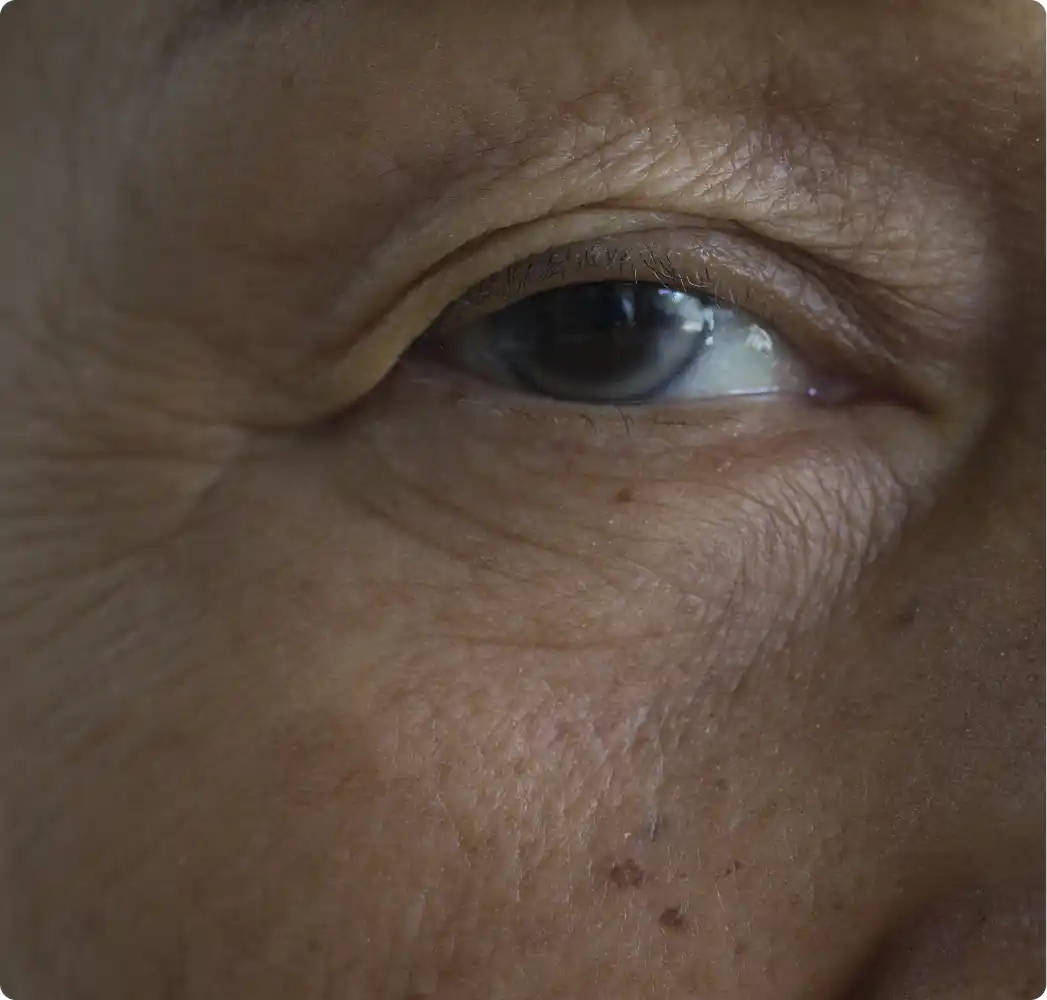Expert Cataract Surgery Providers in MS, TN & NY
Cataracts Treatment
At Toyos Clinic, renowned ophthalmologists Dr. Rolando Toyos and Dr. Melissa Toyos lead a distinguished practice dedicated to delivering leading-edge cataract care.
Dr. Melissa Toyos was chosen as a Top 300 Cataract Surgeon. Dr. Rolando Toyos was the sole surgeon in Tennessee chosen as a Top Doc by TrustedLasikSurgeons.com, selecting only the finest 1% of Lasik and Cataract surgeons. He is a Newsweek Top Doctor and has also been recognized as a Top Doc by fellow professionals in the Castle Connolly Top Doctors, as seen in Memphis Magazine, Nashville Lifestyles Magazine, and several airline publications.
Toyos Clinic provides Lasik services in Nashville, Memphis, and New York City.
With a seasoned research team driving innovation, our clinic remains at the forefront of the field, ensuring you receive top-tier treatment tailored to your needs. With over 50 years of collective clinical experience, our team combines expertise and compassion to provide unparalleled care for your vision health.
Trust Toyos Clinic for excellence in cataract care, where expertise meets a commitment to your well-being

Compassionate Cataract Surgeons
Lens Replacement Surgery & Other Treatments for Cataracts
Cataracts pose a common yet significant challenge to clear vision, gradually clouding the eye's natural lens over time. This can impede daily activities and impact overall visual acuity, emphasizing the need for timely intervention to restore clarity.
When cataracts cloud your world, consider advanced treatment avenues offered at Toyos Clinic, including:
- Custom Cataract Surgery (IOL): Tailored to individual needs for optimal results.
- Premium Intraocular Lenses: Enhance vision quality and reduce reliance on corrective eyewear post-surgery.
- Laser-Assisted Cataract Surgery: A precise and innovative approach for exceptional outcomes.
Embrace clear sight with our cutting-edge cataract care solutions at Toyos Clinic, where precision meets personalized care for a brighter tomorrow.
Frequently Asked Questions
What are some of the most common signs of cataracts?
Common cataract symptoms typically include:
- Blurry vision
- Nighttime driving issues
- Seeing halos around lights
- Faded colors
- Needing more light to see well
If you notice these symptoms, it's important to consult with an eye care professional for proper diagnosis and treatment.
What causes cataracts to occur?
Aging, injury, certain medications, or medical conditions like diabetes often cause cataracts. However, they can also be hereditary. Regular eye exams can help detect cataracts early on and prevent them from progressing.
Is surgery always necessary to treat cataracts?
Surgery is not always necessary to treat cataracts. In the early stages, changes in eyeglass prescriptions or brighter lighting may help manage symptoms. However, as cataracts progress and begin to significantly impact vision and daily life, surgery may be recommended to remove the cloudy lens and restore clear vision. It's important to consult with an eye care professional for personalized guidance.
How can I get started with the best cataract specialist near me?
At Toyos Clinic, our team of highly skilled and experienced professionals is dedicated to providing the best possible care for our patients. To get started, simply schedule a consultation with one of our specialists. They will evaluate your individual needs and discuss treatment options with you.